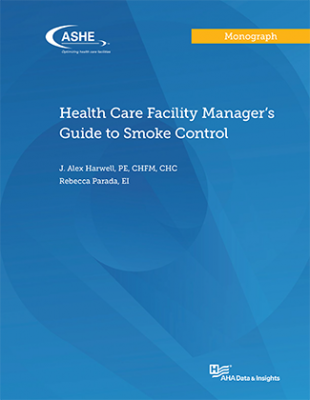
Health Care Facility Manager's Guide to Smoke Control
The intent of this document is to give hospital facility managers a broad overview of historical and current smoke control systems they are likely to encounter in typical hospital facilities. The document covers where smoke control systems are and have been required in hospitals, the basics of how smoke control systems work in various types and applications, a history of regulatory requirements applicable to hospital-based smoke control, and recommendations to maintain these systems in good condition and in compliance with current national standards.
| Access PDF | Members can download a PDF of the entire monograph |
| Order Print Version | Catalog number (Print): 055181 Member: $25.00, Nonmember: $35.00 |
| Order Digital Version | Catalog Number (Digital): P055181 Member: click "Access PDF", Nonmember: $35.00 |
Related Resources
Monograph
On-Demand Educational Webinars
Reference Standards in the 2012 Edition of NFPA 101 and their Impact on the Operation of Health Care
Recorded May 18, 2016
Speakers: William E. Koffel, P.E., FSFPE and Mark J.
A building’s HVAC system is designed to perform several tasks: filter, cool, heat, humidify, dehumidify, pressurize, and/or exhaust.
Positive vs Negative
Operating room and protective isolation = Positive
Airborne isolation = Negative
Two principles for air-conditioning operating rooms are that air should be supplied at the ceiling, in a unidirectional or laminar air pattern, and
